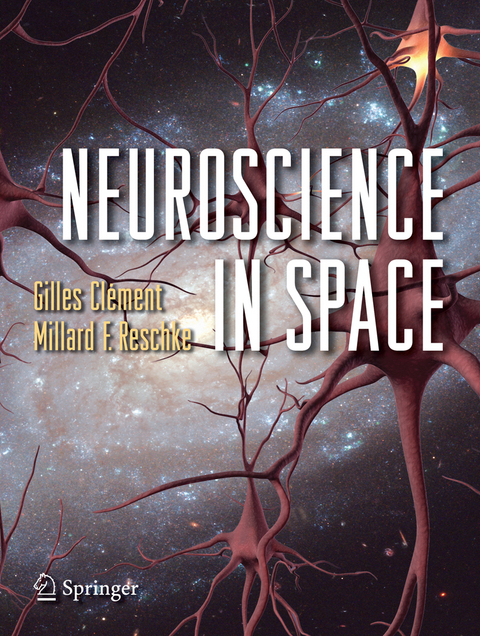Neuroscience in Space
Springer-Verlag New York Inc.
978-0-387-78949-1 (ISBN)
Since the first orbital flight of John Glenn, investigations have been conducted on the adaptation of nervous functions to space flight Millard Reschke and Gilles Clément have been active in this research, with experiments flown onboard Salyut, Mir, Spacelab, and 30+ flights of the Space Shuttle . This book presents in a readable text and detailed illustrations the findings from these experiments conducted during and after space missions. The authors also identify the neuroscience research that is foreseen onboard the International Space Station and what do we need to learn to understand fully the implications and risks in this area for a human mission to Mars.
Space Neuroscience: What Is It?.- History of Space Neuroscience.- Operational Aspects.- Sensory Functions in Space.- Posture, Movement and Locomotion.- Compensatory Eye Movements.- Spatial Orientation.- Countermeasures.- A Vision for Space Neuroscience.
| Zusatzinfo | 20 Illustrations, color; 100 Illustrations, black and white; XIV, 322 p. 120 illus., 20 illus. in color. |
|---|---|
| Verlagsort | New York, NY |
| Sprache | englisch |
| Themenwelt | Medizin / Pharmazie ► Medizinische Fachgebiete ► Arbeits- / Sozial- / Umweltmedizin |
| Medizin / Pharmazie ► Medizinische Fachgebiete ► Neurologie | |
| Technik ► Luft- / Raumfahrttechnik | |
| ISBN-10 | 0-387-78949-9 / 0387789499 |
| ISBN-13 | 978-0-387-78949-1 / 9780387789491 |
| Zustand | Neuware |
| Haben Sie eine Frage zum Produkt? |
aus dem Bereich




